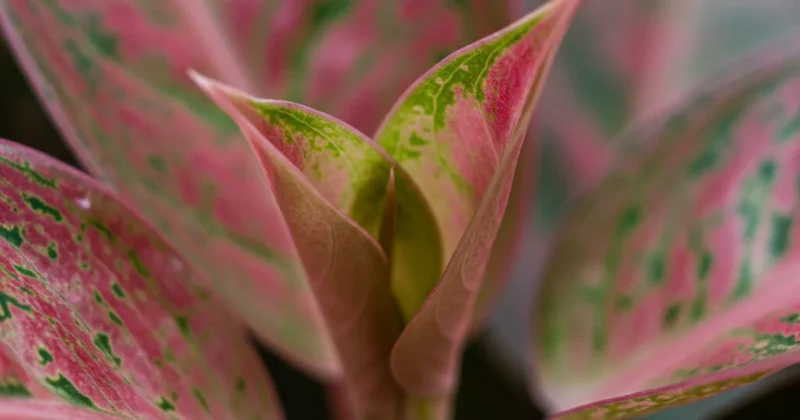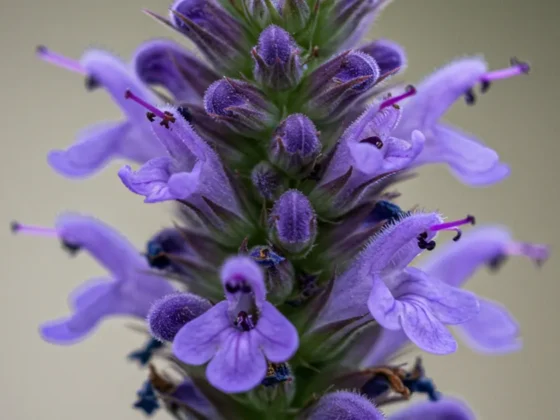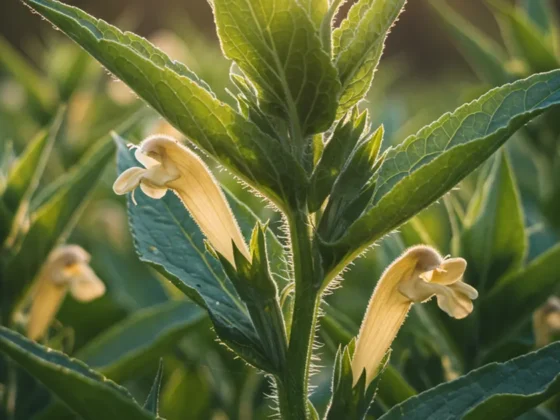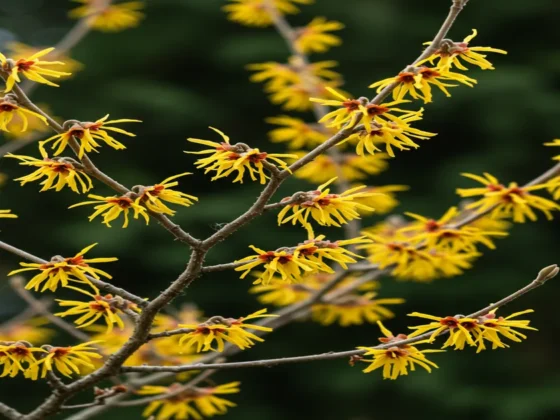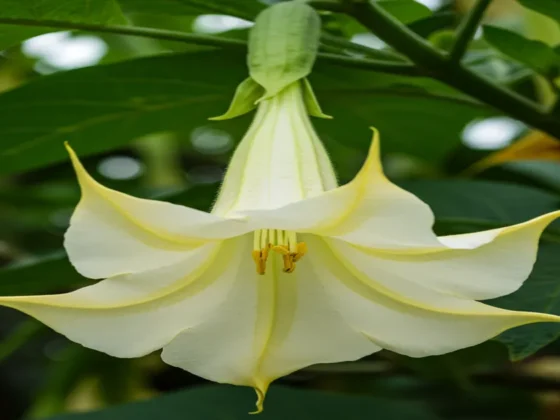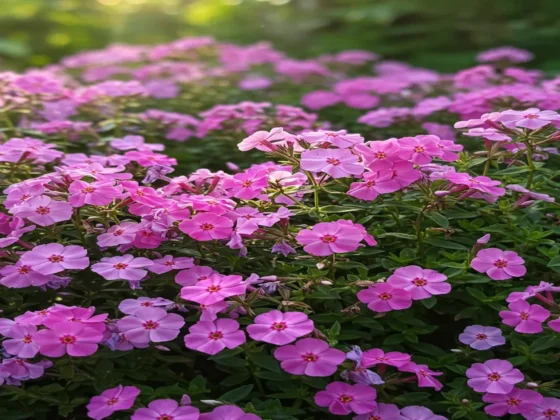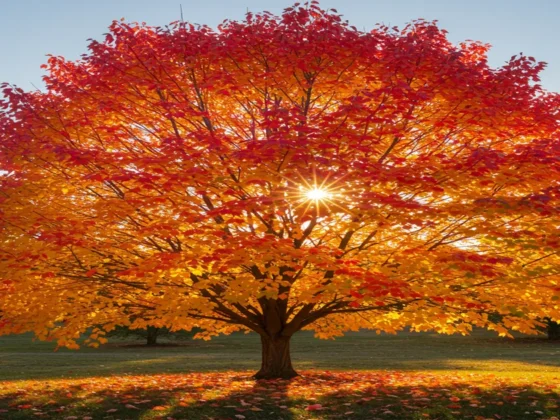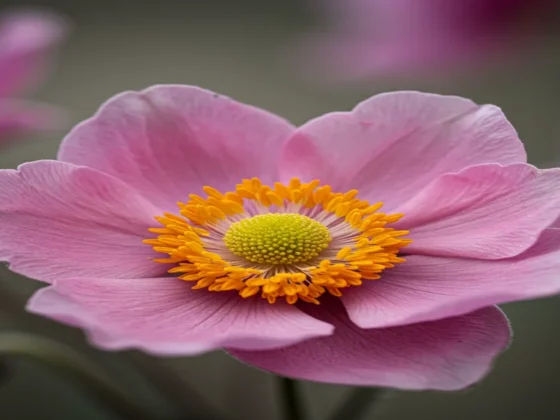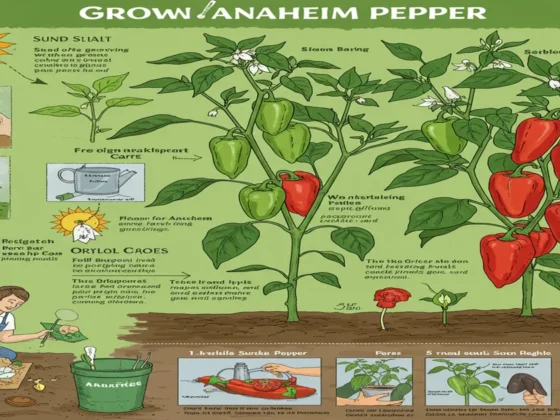Introduction:
Belonging to the Aglaonema genus, commonly known as Chinese evergreens, and the Araceae family, the Aglaonema pictum tricolor is a striking variegated plant featuring glossy, oval leaves with a variegation pattern resembling camouflage. This specific variety of Aglaonema pictum is distinguished by three shades of green on its leaves, unlike other similar types that may have only two shades. The Aglaonema pictum tricolor is highly sought after due to its rarity, making it challenging to find and expensive to purchase. It is important to note that, like all plants in the Aglaonema genus, the pictum tricolor is toxic to pets if ingested.
| Botanical Name | Aglaonema pictum tricolor |
| Common Name | Camouflage plant |
| Family | Araceae |
| Plant Type | Perennial, shrub |
| Mature Size | 2 ft. tall (indoors) |
| Sun Exposure | Partial |
| Soil Type | Moist but well-draining |
| Soil pH | Acidic |
| Bloom Time | Spring, summer |
| Flower Color | Green, white |
| Hardiness Zones | 10-12 (USDA) |
| Native Area | Asia |
| Toxicity | Toxic to pets |
How to Propagate Aglaonema Pictum Tricolor

Aglaonema pictum tricolor can be easily propagated through division or by rooting stem cuttings. This plant tends to produce offshoots as it matures, making it simple to propagate by dividing and potting these offshoots. If desired, you can also take stem cuttings from older stems to root, which can be particularly appealing if the plant has grown leggy over time and you want to tidy up its appearance.
To propagate Aglaonema pictum tricolor through division, follow these steps:
To propagate Aglaonema pictum tricolor with stem cuttings, follow these steps:
Repotting Aglaonema Pictum Tricolor Plants

These variegated plants are known for their slow growth and therefore do not require frequent repotting. It is sufficient to repot them every 2 to 3 years, or when they have outgrown their current container. Look for signs indicating that the plant has outgrown its pot, such as roots emerging from the drainage holes or roots encircling the interior of the pot. When repotting, select a pot that is only 2 to 4 inches larger than the previous one. Transferring the plant to a pot that is too big too quickly can lead to unintentional overwatering.
Frequently Encountered Pests & Plant Ailments
This plant native to the tropics does not have a high susceptibility to pests or diseases, but it can be affected by some common indoor plant pests. Watch for signs of aphids, mealybugs, and spider mites, and apply neem oil or a houseplant insecticide if you notice any signs of an infestation. Additionally, note that excessive watering or constantly damp conditions can lead to root rot in these plants.
Common Issues With Aglaonema Pictum Tricolor
Aglaonemas are popular indoor plants, but they can be picky if not cared for properly. Look out for these typical problems with the pictum tricolor.
Brown Leaves
Brown leaves usually indicate underwatering and/or low humidity. Make sure you are not letting your Aglaonema dry out too much between waterings and provide adequate humidity. Also, avoid placing it near drafty air vents that can dry out the air.
Yellow Leaves
Yellow leaves can signal overwatering, underwatering, insufficient light, or excessive light exposure. To diagnose the issue accurately, carefully assess your plant’s growing conditions. Ideally, place it directly in front of or close to a bright window. If it’s several feet away from the nearest window, it might not be getting enough light. Ensure it’s shielded from direct sunlight, which can lead to leaf burn. Additionally, maintain consistently moist (not soggy) soil by watering only when the top inch of soil is dry and allowing excess water to drain. Soggy soil indicates overwatering, while dry soil results in yellow leaves due to underwatering.
Drooping Leaves
Drooping leaves on your Aglaonema pictum tricolor indicate that it needs watering. These plants tend to wilt when they lack care, and prompt watering should help them recover.
FAQ
What are the differences between Aglaonema pictum bicolor and Aglaonema pictum tricolor?
As their names imply, the main contrast between these closely related plants lies in their coloring. Aglaonema pictum bicolor features two colors on its leaves, creating a marbled appearance, while Aglaonema pictum tricolor showcases three colors, giving it a camouflage pattern.


